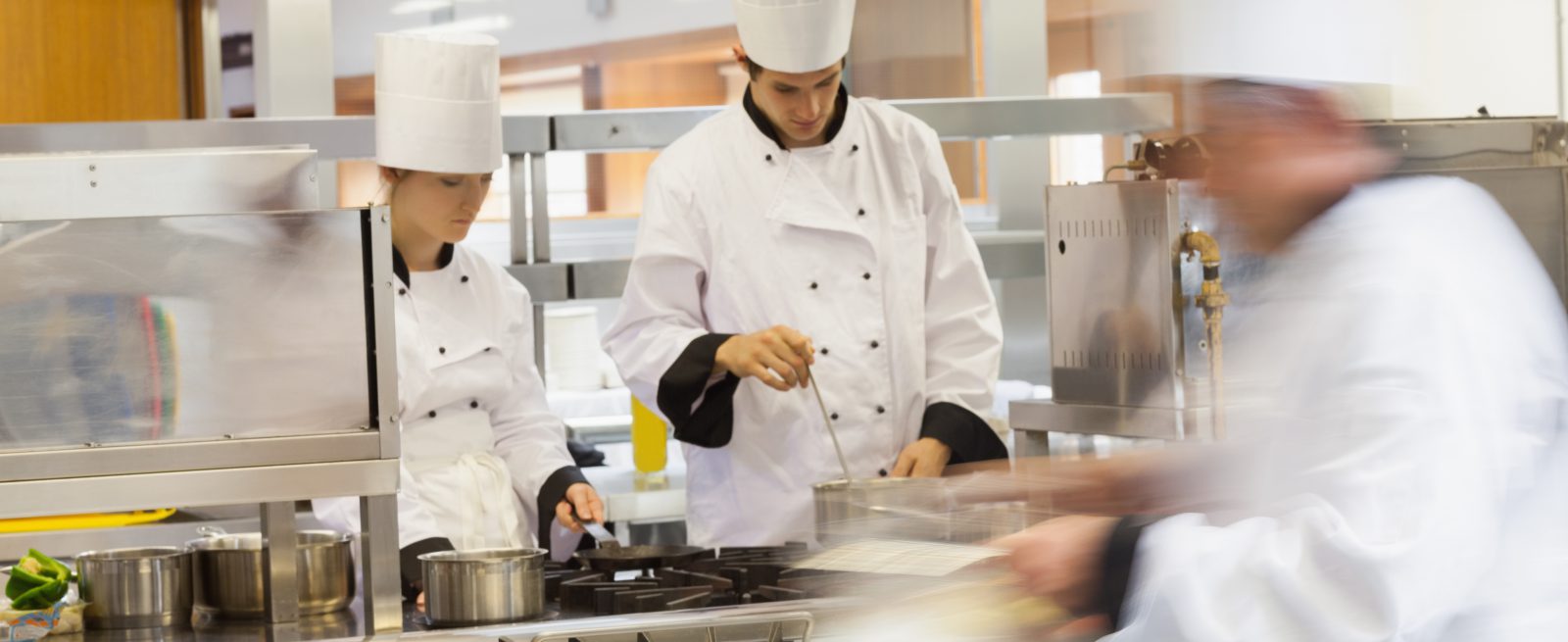Make vs Buy: More Than What Meets the Eye
3 Min Read By Bruce Reinstein
Looking at it from two opposite ends of the spectrum, some brands would love to be able to make 100 percent of everything from scratch. It makes them feel good and the assumption is that it will lower food costs and that their guests will truly appreciate the effort. On the other hand, some brands are looking for consistency, speed of service, low labor cost and other’s culinary expertise, so they buy everything and feel that this will make them more profitable.
The decision whether to make vs. buy tends to be an emotional one for many restaurant operators, who have their own set of expectations for the food they serve and how it’s made. Some of these expectations are based on stereotypes while others are based on operators’ own personal preferences. There is a fine line between make vs. buy and both can co-exist within any restaurant brand today. However, there are many factors to consider when looking at scratch cooking as compared to purchasing a pre-made or sub-baked product. Here is a look at some of those factors:
Define Scratch
The definition of scratch cooking from an operator’s perspective. While it’s a great thing to run a scratch kitchen, not everything needs to be made from scratch in every restaurant, especially if your guest doesn’t expect that from you.
Know Your Brand
Understand what your brand is trying to achieve. One misconception that exists with scratch cooking is that everything in your restaurant has been made from fresh ingredients. Does that mean you have butchered the meat, cut the chicken, caught the fish, made the cheese, etc.? Additionally, does this mean taking a quality pesto or spread that has been purchased and infusing it into a spread or sauce? Does purchasing a quality chicken stock and adding ingredients to make a great soup qualify as scratch? Before making a decision on scratch vs. buy, operators should determine whether their definition of scratch is different from their guests.
Labor Expenditures
There is an assumption that buying raw ingredients instead of finished ingredients will cost less, but does it really? There are labor considerations when it comes to scratch cooking vs. already made products. For example, how much labor does it take to make your product and does it result in a higher or lower food cost than if you did not make it from scratch? Do you have the quality labor required to produce all of your products from scratch?
Determine Your Product Yield
One of the biggest factors in food cost is yield. Paying more per pound for a clean six-ounce chicken breast will result in savings even if you pay less per pound for a six-ounce chicken breast with a half-ounce of fat. By the time you trim the fat and lose some of the usable portion of the chicken in the trash, you are dealing with the same six-ounce piece of protein.
Factor in Food Safety
Food safety is a major problem in our industry and should be given due consideration when you decide whether to make or buy. Every time an employee handles your product, there is the potential of cross contamination. When you bring in fresh products, they begin to deteriorate very quickly. The more products that you have, the more your cooler doors are opened and shut. As your cooler temp rises, it affects your shelf life and ultimately your yield. Depending on the application, frozen products can be just as good as fresh. For example, if you are making freshly battered or breaded chicken tenders, do you really need to use a fresh product? By using a frozen or already made product, the emphasis on food safety increases as does the level of consumer trust in your products.
The decision to make vs. buy is much more complicated than people think, but it’s a decision that can be more easily made by first defining what scratch cooking means to you. Operators are always looking for an edge and part of that differentiation is the ability to provide guests with a great tasting, consistent and quality product each and every time. Therefore, consider how are you using your products for menu items and weigh up these factors when deciding whether to make or buy. Operators can do this without sacrificing flavor or their menu standards. This creates a win-win for both the brand and its guests.


